Are Tiny Homes Worth It? 5 Reasons Why They’re a Huge Mistake
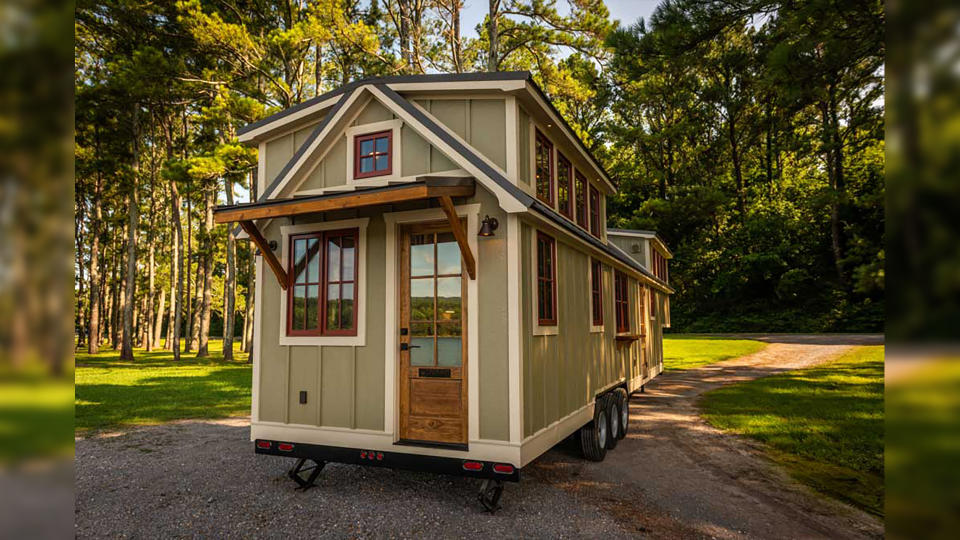
The old saying goes that good things come in small packages, and while that may be true for tiny kittens or boxes of macaroons, it’s not necessarily true regarding houses.
While the definition of a tiny home is a house that is less than 600 square feet, the average tiny home comes in at 225 square feet. It might be easy to clean, but it can get pretty cramped — and cost you a lot of money — fast.
Building a tiny house can involve a huge financial burden. According to Rocket Mortgage, the average cost of a tiny home is roughly $30,000 – $60,000, though prices can vary sharply between $8,000 to upwards of $150,000 depending on all the amenities you may choose.
The big question about tiny homes is whether you’re getting your money’s worth. Surprisingly, the answer is often that it’s not. GOBankingRates talked to several experts to learn more about why.
Check Out: 50 Safest and Most Affordable US Cities To Live In
Read Next: Become a Real Estate Investor for Just $1K Using This Bezos-Backed Startup
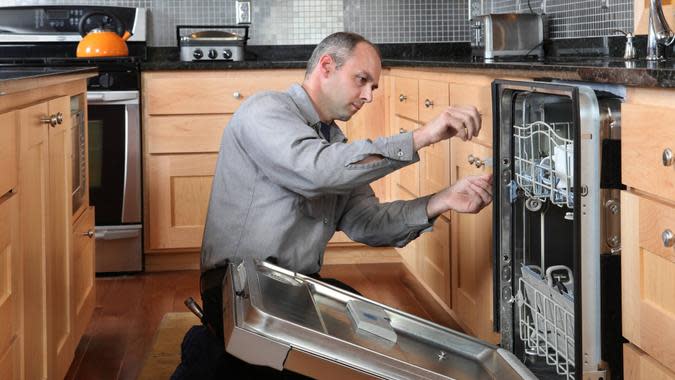
They Require More Upkeep
As an architect who specializes in tiny home design, as well as the principal for Hutter Architects, Ltd, Pam Hutter is well acquainted with the potential challenges of maintaining a tiny home. She said tiny homes require diligent maintenance to prevent damage from excess moisture or pest infestation.
“The compact size means any damage or needed repairs are often more difficult and costly,” she said.
However, she did add that investing in high-quality materials and construction, as well as proper weatherization will up the odds that your tiny home can last as long as traditional housing.
Be Aware: 7 Worst States To Buy Property in the Next 5 Years, According to Real Estate Agents
Find Out: 3 Genius Things All Wealthy People Do With Their Money
Wealthy people know the best money secrets. Learn how to copy them.

Claustrophobia Can Creep In
During the tiny home boom a few years ago, Andrew Fortune, real estate brokerage owner and realtor with Great Colorado Homes, saw many people sell their homes to downsize into tiny homes. However, their love affair with the simpler living didn’t last long. He said that most of these people moved back to standard-sized homes within a year.
“The idea of a tiny home is stronger than the reality of it,” he added. “It’s very hard on the people who live in them, especially in the winter months.”
During the summer months, tiny house residents could enjoy plenty of time outdoors, returning home only to sleep and cook. However, winter requires more time indoors, which is when those same people started feeling exactly how tiny their quarters actually were.
“In the winter in Colorado, people become claustrophobic and can’t wait to get out. The winter time is when most people decide to give up the tiny home lifestyle,” Fortune said.
Trending Now: 10 Fastest-Cooling Housing Markets in the U.S. — 6 Are in Florida
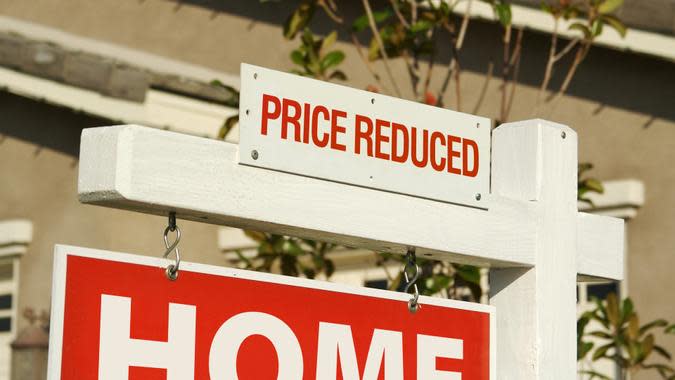
Resale Value Isn’t Assured
Though the coziness and relative cost-effectiveness of a tiny home appeal deeply to a certain segment of people, tiny homes still don’t have the kind of wide appeal that would make them a sure bet when it comes to reselling.
According to Adam Chahl, Vancouver real estate agent and the founder of Vancouver Home Search, the resale ability is a significant concern among buyers. He said that, if people find limited space restrictive over time, they’re more likely to contribute to quicker turnover in the resale market compared to larger homes.
Chahl added that the market for tiny homes fluctuates significantly: Some regions and communities eagerly embrace them while others lack the same passion, which has a corresponding impact on resale values.
“It’s advisable for potential buyers to research local market trends and consult with experienced real estate professionals to gauge the current and projected resale values of tiny homes in their area,” he said.
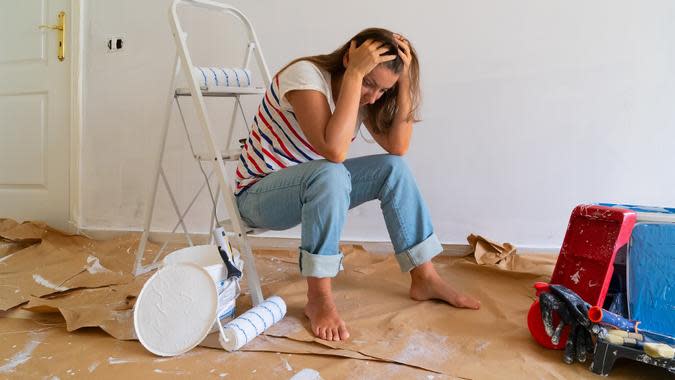
Quality Can Be Inconsistent
Erin Hybart is a Louisiana realtor, as well as an ADU and tiny house enthusiast, so she has deep knowledge of the benefits and pitfalls of tiny homes.
She said that while some tiny homes maintain their value if they’re well-built and in desirable locations, others might depreciate if the house wasn’t constructed to high standards. Unfortunately, the building codes for tiny homes don’t currently include the standards for the tiny homes on wheels.
“The quality of tiny homes can vary significantly. Custom-built tiny homes tend to have better craftsmanship and durability,” she said. “On the other hand, cheaper, mass-produced models or DIY-built homes might face issues such as poor insulation, structural integrity issues, and the use of subpar materials.”
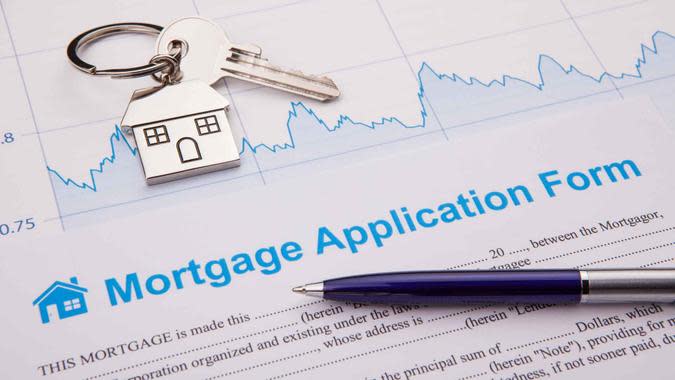
They Might Not Be Eligible for Traditional Mortgages
Even if you’ve found the right contractor, and you know you’re looking forward to snuggling up in the colder months, you still might run into trouble making your dream of a tiny home a reality. Seamus Nally, CEO of TurboTenant, shared that it can be difficult to ensure that tiny homes are eligible for traditional mortgage loans.
“Most traditional mortgage lenders have minimum loan amounts, so tiny homes, due to their size, often are simply not expensive enough to surpass that minimum,” he said. “It is more common for people to fund tiny homes with a personal loan, which is a turn-off for a lot of prospective buyers.”
More From GOBankingRates
9 Things You Must Buy at Big Lots While on a Retirement Budget
I'm a Mechanic: These 4 Cars Have Engines That Could Die on You
This article originally appeared on GOBankingRates.com: Are Tiny Homes Worth It? 5 Reasons Why They’re a Huge Mistake

 Yahoo Finance
Yahoo Finance 